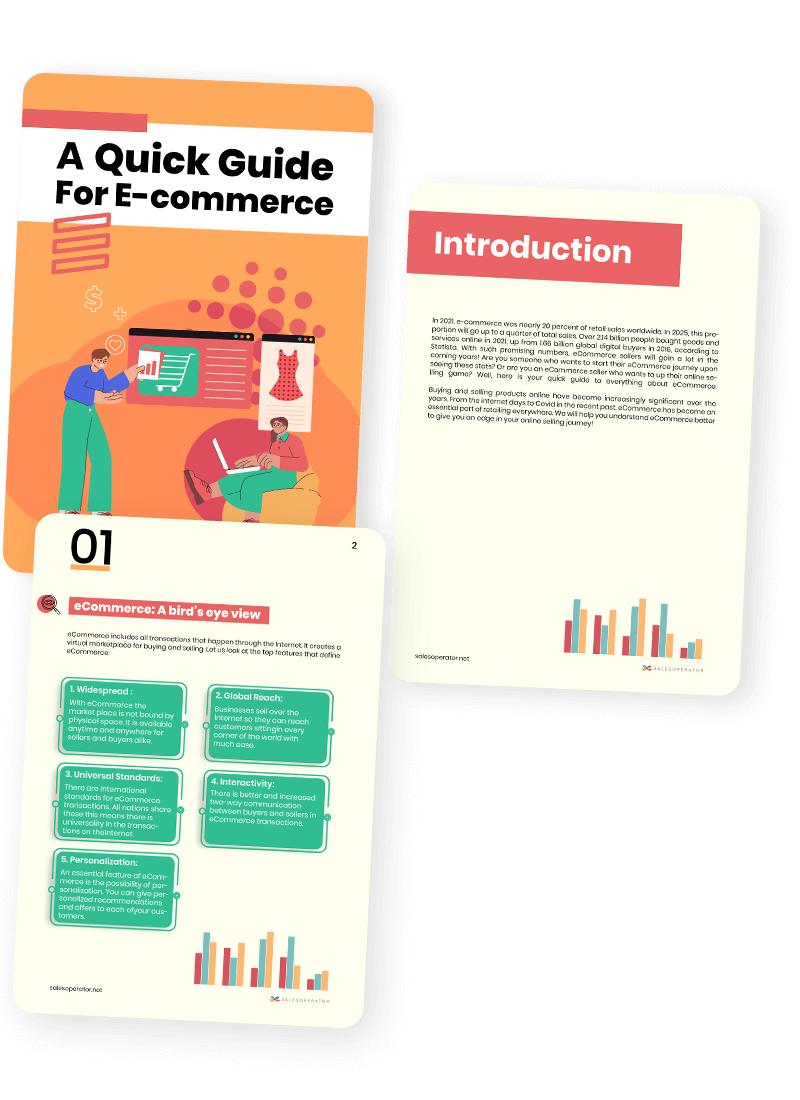The term ‘customer journey’ refers to the entire process that a customer goes through while interacting with a business or brand before or after making a purchase decision. It is not limited to a single transaction but represents the entire relationship between the customer and the business. This journey typically begins when a potential customer becomes aware of a product or service, either through marketing efforts, word-of-mouth, or other channels, which triggers customers’ interest and prompts them to gather more information about the product or service.
Once the customer makes up his/her, they reach the purchasing stage where they complete the transaction and become a paying customer. But, the customer journey does not end there. Post-purchase, their experience, and satisfaction play a vital role in shaping their perception of the brand and influencing their future interactions.
Throughout the journey, various touchpoints come into play like website visits, social media interactions, or digital ads, and each of these points provides an opportunity to impress your customers and address their pain points.
Various Stages of Customer’s Journey
The various stages of a customer’s journey revolve around the online purchasing process. It begins with the awareness phase, where customers discover a brand or product through various channels such as search engines, social media, or online advertisements. Creating effective online marketing campaigns and optimizing search engine visibility is key in capturing customer attention during this stage.
The consideration stage is crucial in e-commerce, as customers extensively research products, compare prices, read reviews, and seek product recommendations. Providing detailed product information, user-generated reviews, and comparison features on e-commerce platforms can greatly assist customers in their decision-making process.
Then comes the decision phase where customers make the final buying decision once they’re convinced it’s the right product for them and ticks all the right boxes. The purchase stage in e-commerce involves streamlining the online transaction process to ensure a smooth and secure checkout experience. Implementing trusted payment gateways, offering multiple payment options, and simplifying the checkout process can reduce friction and increase conversion rates. It is vital to ensure a smooth and hassle-free experience for buyers. But, your task is not done post-purchase is over.
The post-purchase stage is an opportunity to enhance customer satisfaction and foster loyalty. Providing order tracking information, sending personalized post-purchase emails, and offering prompt customer support contribute to a positive post-purchase experience that helps earn their loyalty and earn trust. Additionally, leveraging customer feedback and reviews can also help improve products and services, build trust, and encourage repeat purchases.
Benefits of Mapping Customer Journey
Gaining insights into customer behavior
Mapping the customer journey provides a visual representation of their interactions and experiences, and helps understand their motivations and actions at each stage. These insights enable businesses to tailor their marketing messages and strategies to meet customers’ needs and address their pain points and areas for improvement.
Enhances Customer Experience
Mapping customer journey allows to reduce friction at each touch point and facilitates customer seamless customer journey as it reduces the pain points of customers at each point.
Furthermore, mapping the customer journey allows sellers to identify that social media interactions are a key touchpoint where customers seek inspiration and engage with the brand. That’s why it helps invest in creating engaging social media content, featuring customer testimonials, and interactive campaigns to foster a sense of community and encourage customer interaction.
Consequently, customers visiting the website experience a seamless journey with personalized product recommendations, which saves them time and provides a more enjoyable shopping experience.
Driving Business Growth And Profitability
Customer journey mapping directly impacts profitability and revenue. A Forrester study revealed that experience-driven businesses grew revenue 1.4 times faster and increased their customer lifetime value 1.6x more than other companies.
That’s enough to prove the benefits of investing time and resources in customer journey mapping. Implementing customer journey mapping, you can optimize multiple touchpoints to deliver a more seamless and personalized experience, resulting in increased customer satisfaction and loyalty. Also, it is no secret that satisfied customers are more likely to make repeat purchases and recommend the business to others, driving organic growth and expanding the customer base.
Moreover, customer journey mapping helps identify key moments where revenue can be maximized. Understanding customer needs and expectations at each stage of customers’ journey—awareness, consideration, and decision, businesses can help create targeted marketing campaigns and personalized offers, and relevant upselling or cross-selling opportunities. Adopting a tailored approach can increase the conversion rate, average order value, overall sales & revenue.
How to Do Customer Journey Mapping
- To begin mapping the customer journey, start by gathering data on what customers prefer, customer challenges, and how they behave. You can do this through surveys, interviews, and using analytics tools to get insights into their expectations, motivations, and journey struggles. Next, create representative profiles that capture different customer segments.
- Develop personas based on demographics, goals, motivations, and other relevant factors. It helps you understand the unique needs and preferences of each segment.
- Now, map out the various stages of the customer journey, starting from when they first become aware of your brand until they make a purchase.
- Identify the touchpoints where customers engage with your brand, both online and offline. It may include interactions like visiting your website, engaging on social media, or contacting customer service.
- Evaluate each touchpoint to gauge its effectiveness and measure customer satisfaction.
- Collect feedback from customers and analyze data to identify areas where improvements can be made.
- Look for pain points, bottlenecks, or inconsistencies in the customer experience. With these insights, make strategic changes to enhance the customer journey, such as improving website navigation, streamlining the checkout process, or enhancing customer support.
Summary
To sum up, it’s safe to say that journey mapping has a variety of benefits, the importance of which very much depends on your goal. Additionally, it requires continuous monitoring and improvement of the customer journey to optimize the experience in the highly competitive marketplace.




